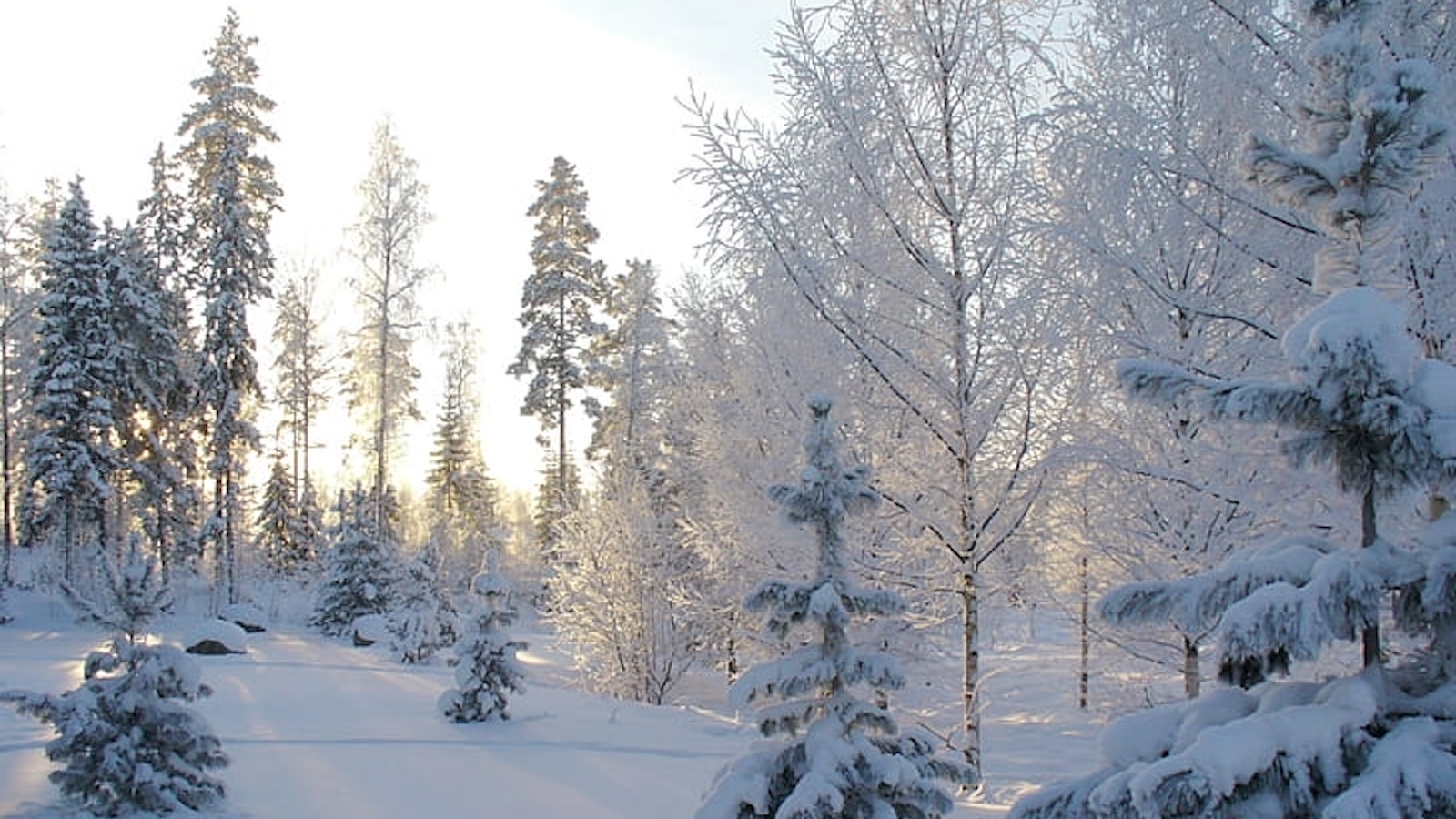The Climate solution we don’t have to invent
Forests absorb and store carbon dioxide. The Tongass is the best within the national forest system.
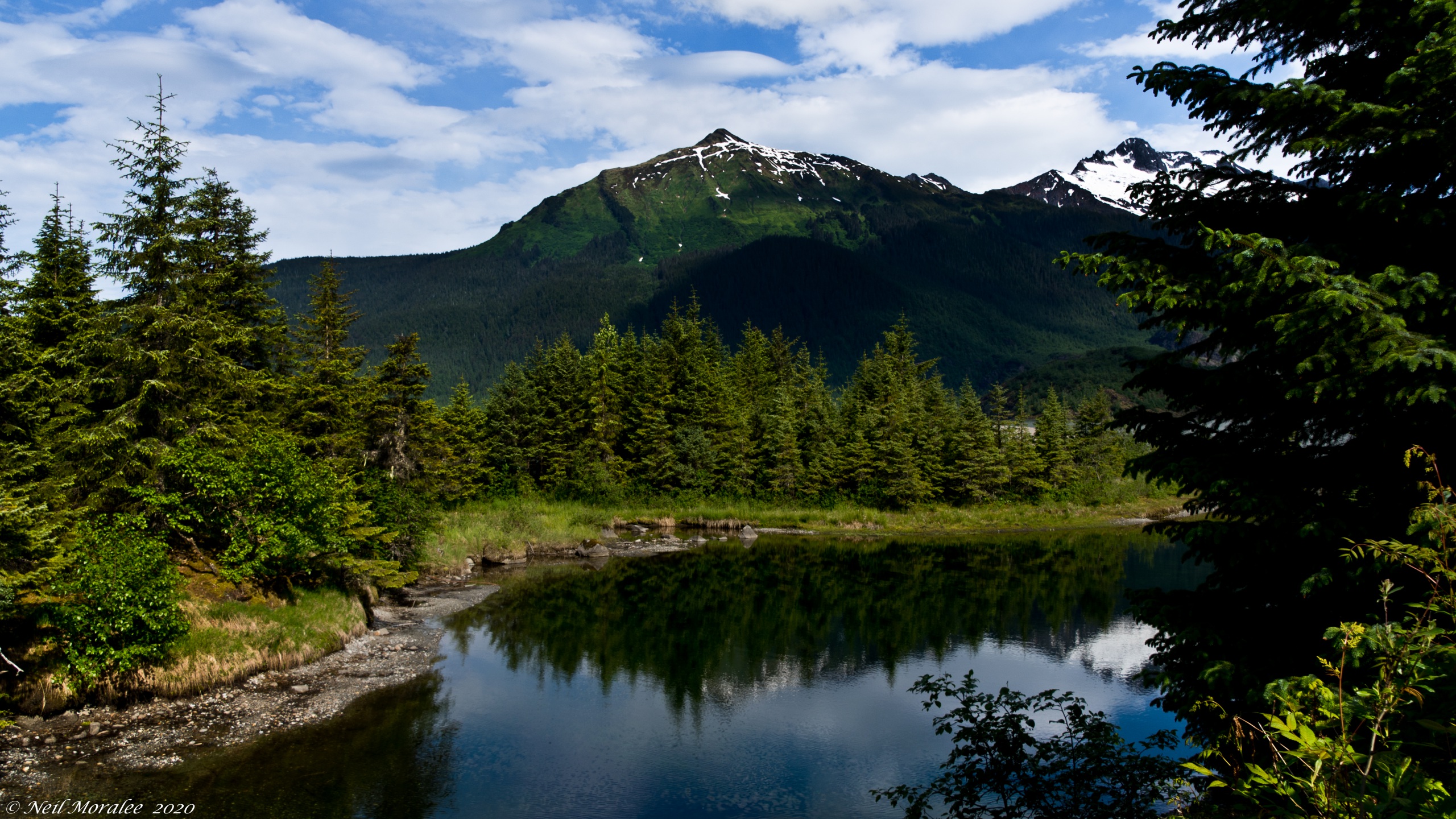
Photo: Neil Moralee via Flickr (CC BY-NC-ND 2.0)
In October 2020, the Trump administration finalized a forest service rule granting an exception to the Roadless Rule, which is a 2001 federal regulation enacted by the Clinton administration.and protect almost 60 million acres of roadless areas nationally from road building, road reconstruction and logging. By granting this exception, the Trump administration opened up 9.2 million acres of the Tongass to development and logging. The Tongass is the largest National Forest in the United States and is one of our best natural tools in fighting global warming by absorbing and storing carbon dioxide, a process known as carbon sequestration. But it can only help fight global warming if we don’t chop down the trees.
Environment American has joined other environmental groups in calling on the Biden administration to protect the Tongass National Forest as part of their commitment to fighting climate change. Protecting the Tongass would be a low-effort, high-reward method of reducing our emissions as a nation.
Below are some fast facts about how forests work to stop global warming, and why the Tongass is so important.
Forests, especially old forests, work to stop global warming.
-
One-third of humanity’s carbon emissions are absorbed by such terrestrial ecosystems as tundra, taigas, temperate deciduous forests, tropical rainforests, grasslands and deserts.
-
Globally, forests absorb about twice as much carbon as they emit.
-
Only 27 percent of the world’s carbon sinks lie in protected areas (like national parks, nature reserves and wildlife sanctuaries).
-
Of the carbon emitted to the atmosphere by human activities, 25 percent is absorbed into terrestrial ecosystems including forests, and 30 percent is absorbed by the oceans. That leaves 45 percent, which stays in the atmosphere.
-
Forests capture nearly 15 percent of U.S. carbon emissions.
-
Primary forests (forests that haven’t been disturbed and have grown naturally over time) store 30-50 percent more carbon than logged forests.
Simply put, the Tongass needs protection right now.
-
The Tongass is responsible for storing hundreds of millions tons of carbon, 44 percent of all carbon stored and absorbed by all forests in the National Forest system.
-
Climate models show that Alaska is warming faster than the rest of the country. However, the Tongass seems like it may be an exception in the area, providing a haven to a multitude of species.
-
A timber industry proposal to log old-growth trees in the Tongass was studied and the conclusion was that the logging project would produce the equivalent greenhouse gas emissions putting 4 million new vehicles on the road for the next 100 years.
Environment America interns Ryan Harrison and Caitlin Clancy contributed to this fact sheet
Topics
Authors
Mitchell Ukropina
Find Out More
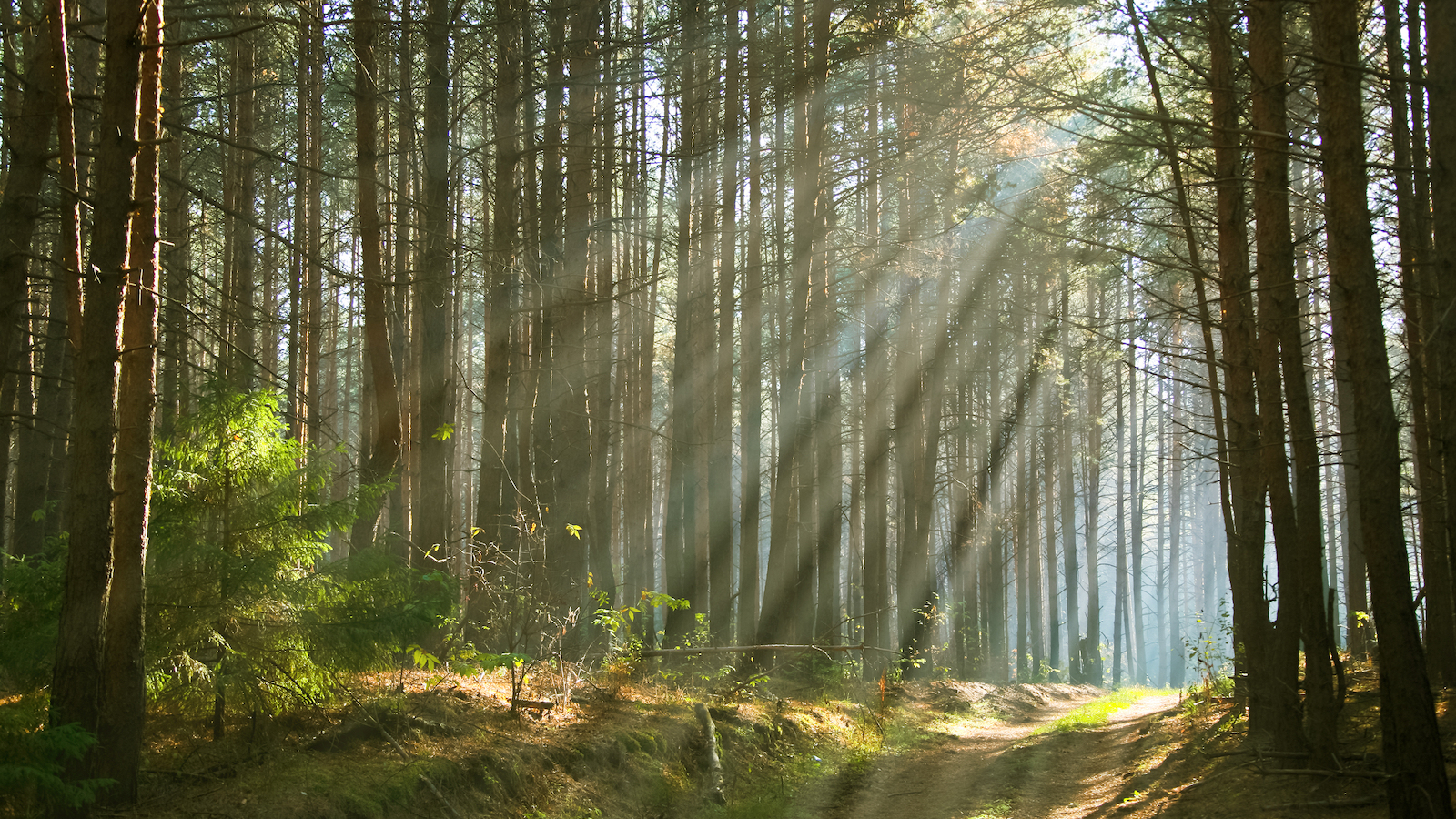
What can we do to keep the boreal forest from being flushed away?
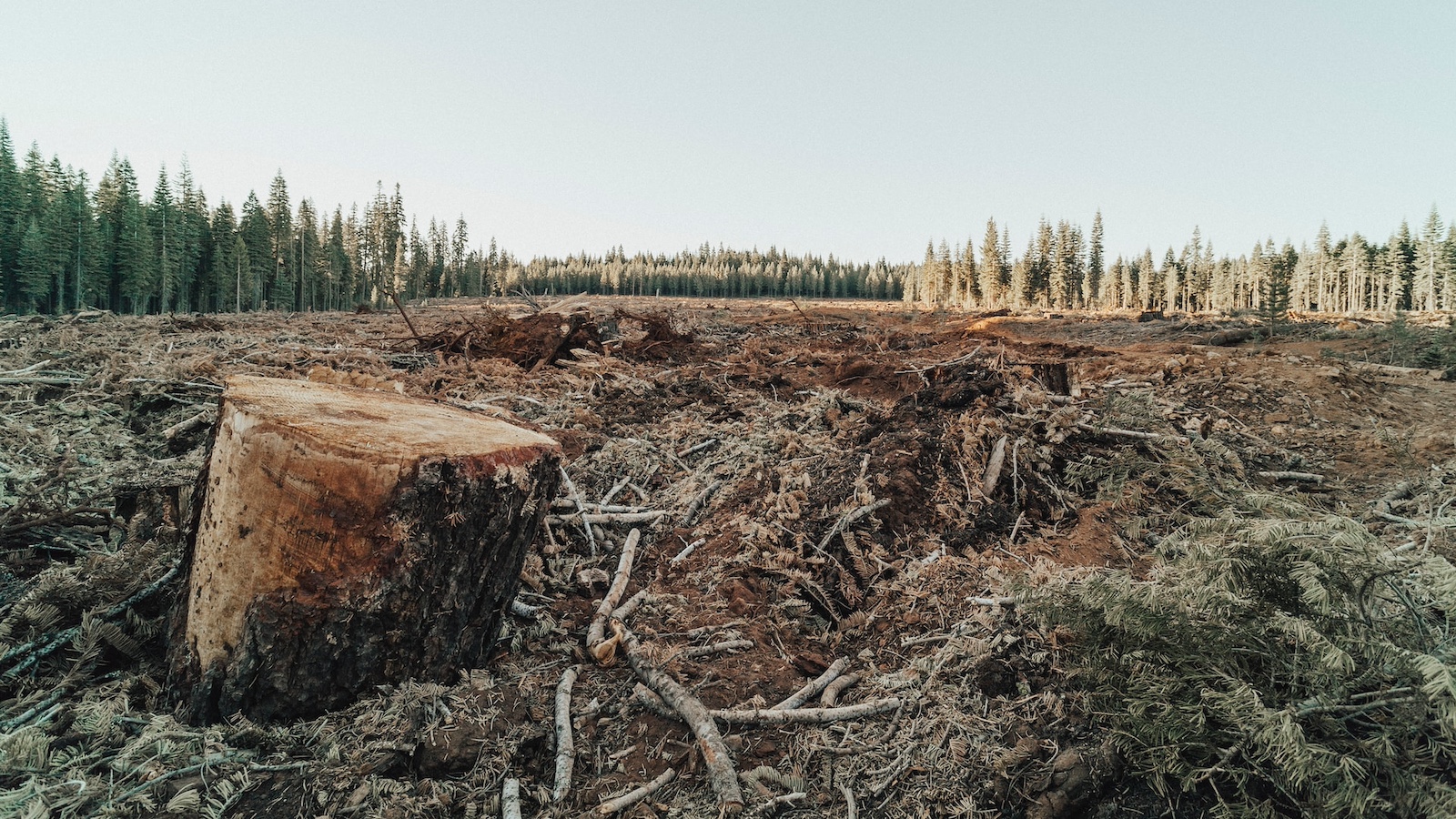
Is logging allowed in national forests?
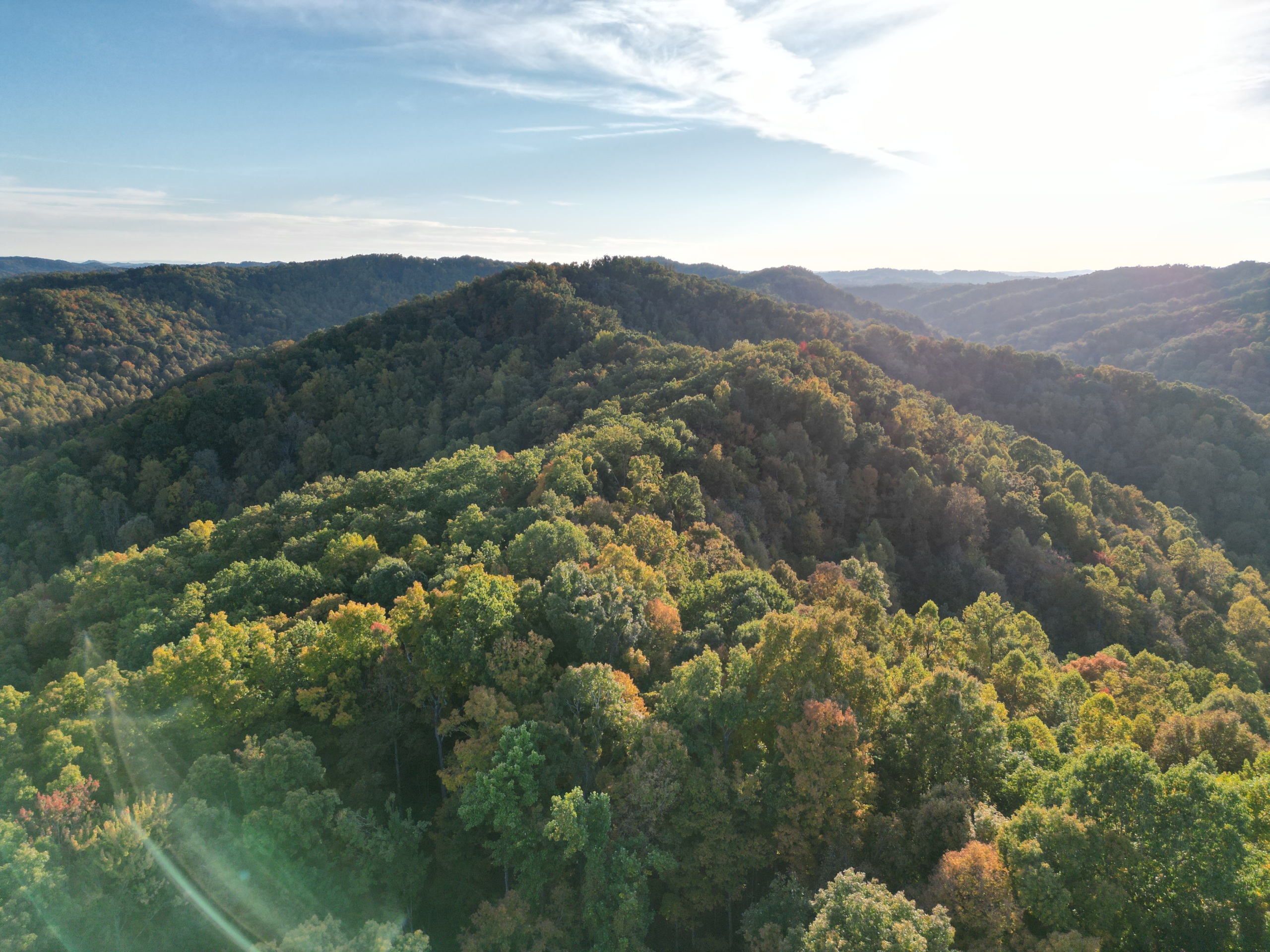
Old-growth trees at risk in Kentucky
